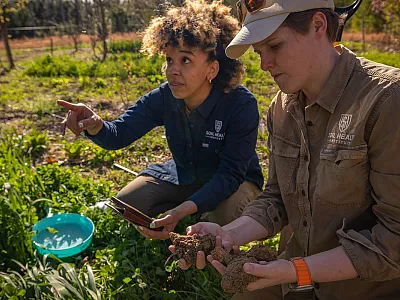Water Well Basics
Things to Keep in Mind in Managing Land With Wells
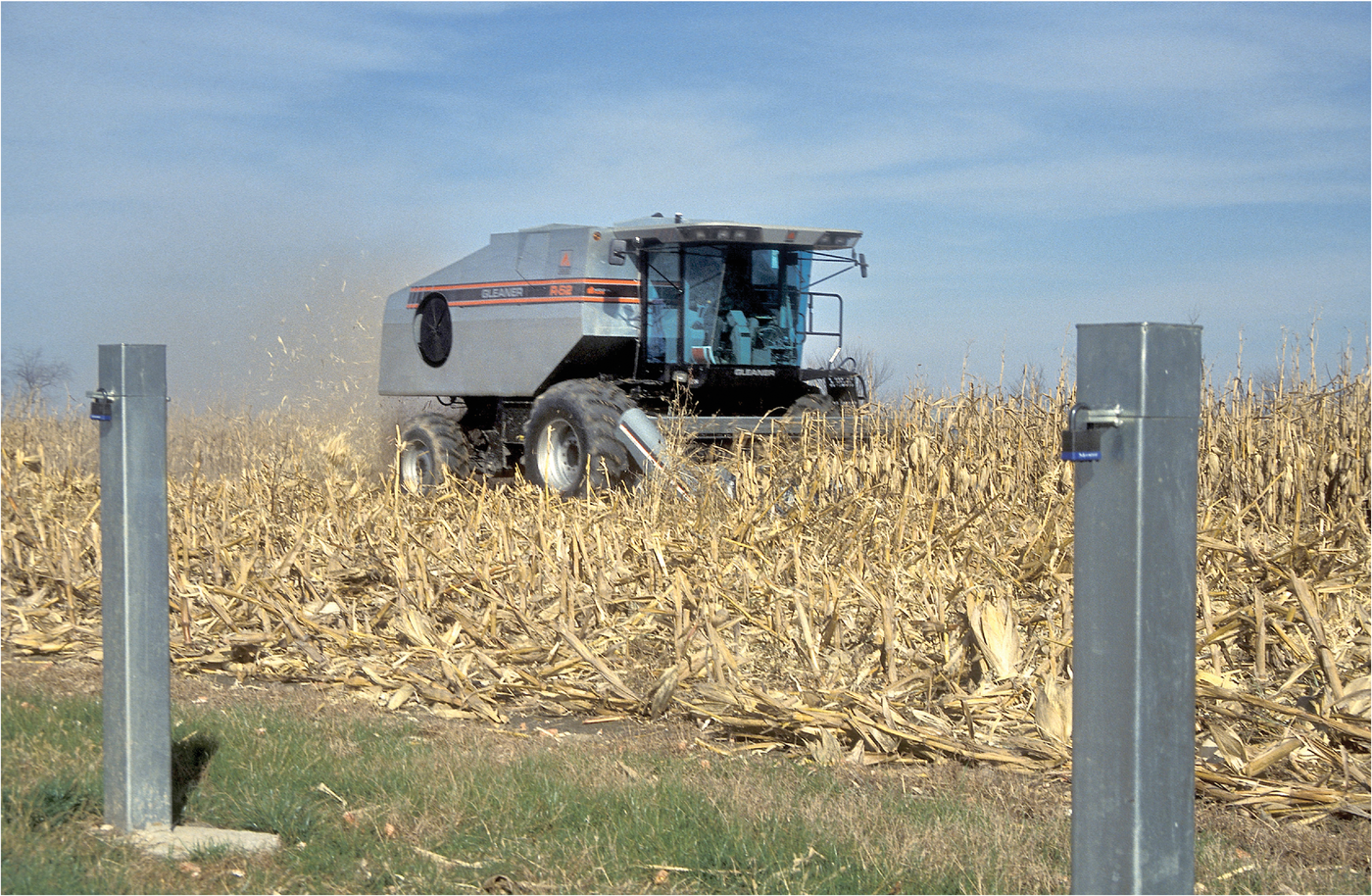

Water wells—including abandoned wells—are commonplace in crop country. Potential water quality impacts, from both operating and abandoned wells, make them important for CCAs and their clients to understand. This article provides a review of water well basics to bear in mind as you advise clients about cropping and managing land with wells. Earn 1 CEU in Soil & Water Management by reading this article and taking the quiz at https://web.sciencesocieties.org/Learning‐Center/Courses.
Water wells—including abandoned wells—are commonplace in crop country. Potential water quality impacts, from both operating and abandoned wells, make them important for CCAs to understand. Here’s a review of water well basics to bear in mind as you advise clients about cropping and managing land with wells.
Not Just a Hole in the Ground
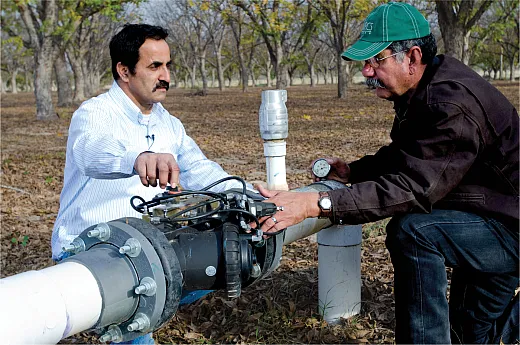
Well design and construction are largely determined by the well’s age and local geology. Despite regional differences in hydrogeology, wells generally fall into two categories: drilled and hand‐dug.
While well‐drilling techniques have changed over time, there are some basic components in a drilled well that remain similar over time and even across different hydrogeological conditions. Faulty well components or improper well construction can translate to water quality concerns.
Here’s a list of some key components with an eye on how they may potentially impact water quality.
Casing is pipe that well drillers install when drilling a well. Casing keeps the well borehole from collapsing during drilling. Today’s casings are usually PVC plastic pipe, in line with well‐drilling regulations, but steel casing may be required for some wells. Although steel casing does not hold up under corrosive waters—and is more expensive—it may be required for deeper wells because of pressure concerns. Whether PVC or steel, a properly installed and sealed casing is an impermeable barrier between the ground and the well bore.
Casing that was improperly sealed at installation could allow surface water to travel right into the aquifer. Steel casing, common in older drilled wells, can deteriorate over time. Compromised casings can allow surface water directly into the well bore. “That’s like having a straw for surface water to travel directly into the water source,” says Jessie Curl, Extension Water Program Coordinator at the Auburn University Water Resources Center.
Annular space is the space between the outside of the casing and the sides of the well hole. An unsealed annular space is also a direct pathway from the surface to the well water source. Proper well construction requires the annular space to be filled and/or sealed to prevent surface water from reaching the aquifer.
Grout is used to seal the annular space. Grout can be bentonite clay, cement, neat cement, and other materials approved under well‐drilling standards. Grout is also required between two or more strings of casing, according to Kansas State University’s Farmstead Assessment System. Approved grout materials are also used in decommissioning (“plugging”) abandoned wells.
The well screen, also called the screened interval, is a portion of the casing at the bottom of the well bore. Screening material keeps sand and other particulates from entering the casing while allowing in water from the aquifer. The length of the screened interval is determined by the aquifer characteristics. The size of the screen openings (slots) is determined by the material surrounding the screen.
The filter pack (or gravel pack) surrounds the well screen and is more common in sandy conditions. According to a circular from University of Florida IFAS Extension, a gravel pack is more likely to be used in aquifers with fine sand, loosely cemented sandstone formations, or extensively stratified formations with either alternating fine/coarse sediment layers or thin silt/clay layers.
Well depth and age will impact the type of water‐pumping systems and equipment used in the well. Equipment may remain in abandoned wells, such as submersible well pumps, and may be a potential source of contaminants.
Closer to the surface, pitless adapters came into use to eliminate well pits. A pitless adapter is a watertight seal below frost level that connects directly to the well casing. The pitless adapter provides a way to disconnect between the pipeline that goes to the water supply line and the vertical pump discharge pipe.
Locating Wells
Certified Crop Advisers can help farm operators make sure that they’re observing the applicable pesticide application setbacks and other best practices regarding wells. The first step: to know where wells are located.
Operational wells are usually easy to spot. Depending on the well’s age, landowners may be able to provide copies of the original well permits listing the well specifications: construction methods, materials, and well depth.
But you do not have to rely on the landowner for copies of that information. About 50 years ago, well drillers nationwide were mandated to file detailed well information with state geological surveys. Earlier wells are also documented. “Many older wells, those from the 1920s, 1930s, and 1940s, were dug in conjunction with the U.S. Geological Survey,” says Greg Guthrie, Director of the Alabama Geological Survey Groundwater Assessment Program. “The USGS had really good records, and usually the state surveys are the repositories for that information.”
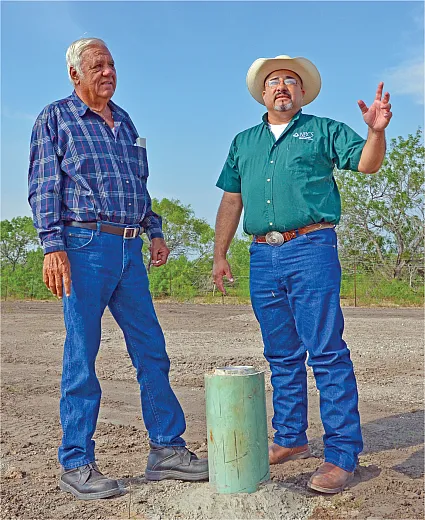
The local soil conservation district or state geological survey office can walk you through the procedures to request that information, which can then be added to your permanent field files.
Even if a paper trail is not available to help locate wells, family memories can help. “If the land has been in the family, other family members may remember wells,” says Jessie Curl. If they are available to walk the property with you or the farm operator, all the better. “Many wells may be identified through a careful property inspection,” she says.
Neighboring landowners can also provide information about wells. Neighbors can also help identify wells on adjacent land to consider for pesticide setbacks and other crop advice.
Abandoned Wells
Abandoned wells are nearby producers and CCAs in every hydrogeological region. “When it comes to wells, abandoned wells are probably your biggest challenges,” says Steve Melvin, Irrigated Cropping Systems Extension Educator, University of Nebraska–Lincoln.
Abandoned wells are common in row crop country. A 2016 North Dakota State University publication estimated about 100,000 abandoned water wells in North Dakota. More recently, the number of abandoned wells estimated in Missouri and Illinois exceeded 200,000 per state. Simply put: there are a lot of old, abandoned wells where producers are growing crops.
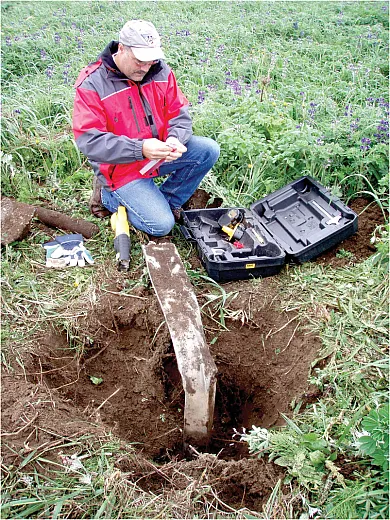
Old well casings and wellcaps are the main water quality concerns. “There are an awful lot of old farmstead wells where someone in the past just yanked the top piece off the casing and farmed over top of it,” Melvin says. “That is simply a conduit to take anything applied to the soil straight into the groundwater if the well opens back up, or when the soil is saturated.”
Old farmstead wells, unless properly decommissioned, are almost sure to be direct conduits to groundwater. Those well bores can be sizable. “Hand‐dug wells in Alabama may be up to 36 inches wide, in many cases lined with brick or rock. I’ve been amazed at how deep some of them can be,” Guthrie says. Hand‐dug wells in some soil types can be even wider: Abandoned hand‐dug wells in Missouri can reach six feet wide, according to the Missouri Department of Natural Resources.
Challenges are not confined to hand‐dug wells. Older, drilled irrigation well casings are usually steel or concrete; steel can rust and concrete can crack.
Faulty well caps can also present problems. A capped well has not necessarily been properly decommissioned, and caps can deteriorate over time. Even if a capped well is newer, with records of proper permits and drilling, it is not guaranteed that the grout materials are uniform.
“Variation in grout materials is just another example of why you should be aware of well locations and never store material (like crop inputs and fuel) near wells in case of accidental spills,” Curl says.
Abandoned wells present physical risks in addition to water quality concerns. Old wells that are improperly capped and covered present a physical hazard for walking the land. Properly capped wells can also create hazards for equipment operators. Colliding with well caps can easily damage a wide combine header or tillage implement, creating down time, repair bills, and the need to properly reinstall the well cap.
Decommissioning (Plugging) Wells
Proper well decommissioning (or “plugging”) is the gold standard for mitigating water quality risks from abandoned wells. If you do identify an abandoned well on client lands, it is helpful to have some understanding of the well decommissioning process—and to point your clients toward numerous resources available to help in that process.
Because abandoned wells are common, states have clear standards for proper decommissioning. Help is available from both state and federal agencies to make sure the landowner meets those standards. “The NRCS does provide technical assistance for decommissioning agricultural wells on properties,” Curl says. Additionally, multiple federal and state cost‐share programs may cover most (if not all) of the cost of well decommissioning.
While there may be additional requirements based on well type and state requirements, well decommissioning procedures nationwide will reference a national standard. “The ASTM has a set standard for well decommissioning,” Guthrie says. In Alabama, he says, state law requires the ASTM standard to be met in all the state’s well decommissioning programs.
The ASTM standard requires the drilled well bore to be filled with bentonite pellets or some other type of approved grout. Ideally, the well casing is pulled before filling. “But that’s really difficult because a well‐constructed casing is grouted in. A 200‐ to 300‐ft casing is difficult to pull out of the ground,” Guthrie says. It is very rare to see an entire casing pulled during a well decommissioning in Alabama, he says.
It is far more common that the well casing will be cut off during decommissioning. “The ASTM standard requires you to cut the casing off 3 ft below the surface, essentially below the frost line,” Guthrie says. A bentonite seal is installed where the casing was cut, and the hole is backfilled. The top is mounded, so that surface water cannot infiltrate the old well area.
The well decommissioning procedure is also dependent on the type of well. Dug wells, for example, can be backfilled with native material. “You just need to be sure that material is compacted; otherwise subsidence can occur,” Guthrie says. Decommissioning a shallow livestock well involves the same process as a deeper irrigation well. “The process is the same, you’ll obviously just need more material for deeper wells,” he says.
The ASTM standard requires a registered well driller to perform the well decommissioning. States may allow exceptions. In Iowa, for example, the Iowa Department of Natural Resources allows a property owner to perform their own well plugging if the property owner does all the work, follows state well‐plugging code, and submits the proper records.
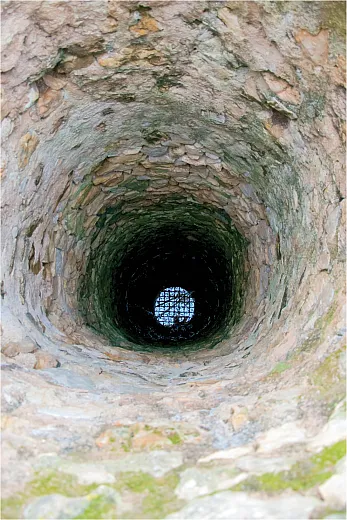
Remember: well decommissioning is important as the standards are set with water quality in mind. “An improperly decommissioned well is essentially just a hole in the ground,” says Jessie Curl. “It’s basically a straw directly into the aquifer source. So anything that’s running off that surface water could just be going straight into the water supply.”
Other Options for Old Wells
Although well decommissioning is the gold standard for mitigating water quality risks from unused wells, decommissioning may not be necessary to preserve water quality. Older, properly drilled irrigation wells are good examples. “In Nebraska, there are still a lot of wells from when we switched over from furrow to center‐pivot irrigation,” Melvin says. “If it’s a properly constructed well, and is capped properly, you can just follow the setbacks and farm around it,” he says. “Landowners may want to keep their options open for those wells in the future.”
But CCAs can still remind operators to make sure they know those well locations. Reminders are especially applicable with land new to a client’s operation.
Old wells can also be used as monitoring wells, especially for irrigated agriculture. “You can use a nearby well that’s out of use to monitor whether you’re pumping or overpumping,” Guthrie says. “If you actually utilize the old well as a monitoring well, then you may be able to forestall some overpumping.” That strategy can provide a lot of information toward sustainable water resources, he says.
Finally, your state geological survey might be interested in putting an old well to use. “State (geological) surveys throughout the country have a monitoring network. If the location of a well that you want to decommission is in the area of a state where we need a monitoring well, it might be a great location for the survey,” Guthrie concludes.
Self-Study CEU Quiz
Earn 1 CEU in Soil & Water Management by taking the quiz for the article at https://web.sciencesocieties.org/Learning-Center/Courses. For your convenience, the quiz is printed below. The CEU can be purchased individually, or you can access as part of your Online Classroom Subscription.
- Despite regional differences in hydrogeology, wells generally fall into two categories: drilled and hand‐dug.
- True
- False
- Well casings are typically made of PVC or steel, each with its pros and cons. Steel well casings:
- are heavier than PVC.
- are less expensive than PVC.
- do not break down over time.
- are found more often in newer wells than older wells.
- Drilling standards require specific compounds be used as grout in well construction. Which of the following is listed as a permissible material?
- Cement.
- Neat cement
- Bentonite clay.
- All of the above.
- It’s important to know where wells may exist on farmed land. Which of the following sources of information does the article recommend?
- Landowner’s files on well permits.
- Neighbors.
- State geological surveys.
- All of the above.
- There are no restrictions regarding pesticide usage near wells.
- True
- False
- Abandoned wells are a common farming concern. In Missouri alone, how many abandoned wells have been documented?
- 50,000.
- 100,000.
- 150,000.
- 200,000.
- Old, abandoned wells can funnel fertilizers, pesticides, and other material applied to the soil right into groundwater.
- True
- False
- As long as an old well has been capped, it will not cause any problems.
- True
- False
- Decommissioning is the gold standard for mitigating water quality risks from abandoned wells. Another term for this is:
- Plugging.
- Retiring.
- Corking.
- Occlusion.
- Old wells can live new lives as:
- Monitoring wells for irrigation agriculture.
- Monitoring wells for state geological surveys.
- Water sources for livestock and wildlife.
- Both A and B.
Text © . The authors. CC BY-NC-ND 4.0. Except where otherwise noted, images are subject to copyright. Any reuse without express permission from the copyright owner is prohibited.




